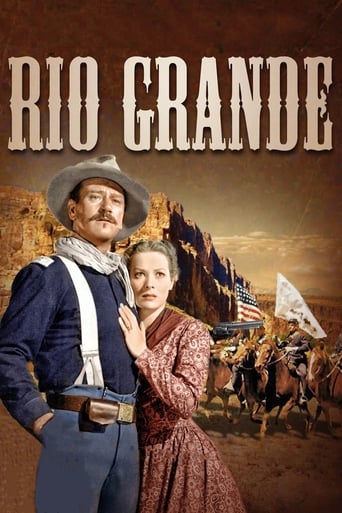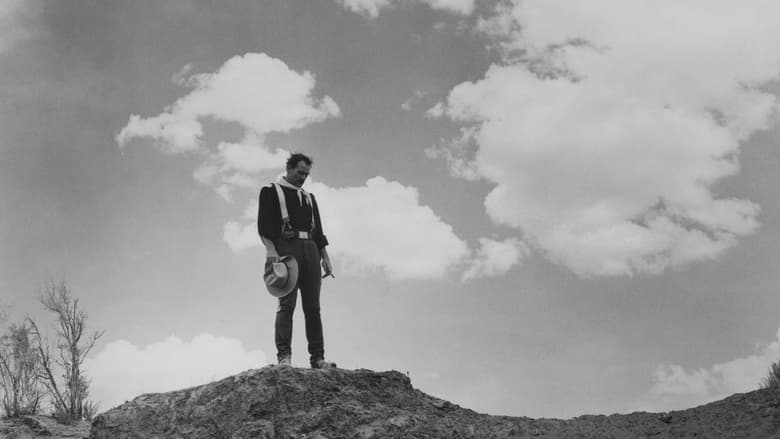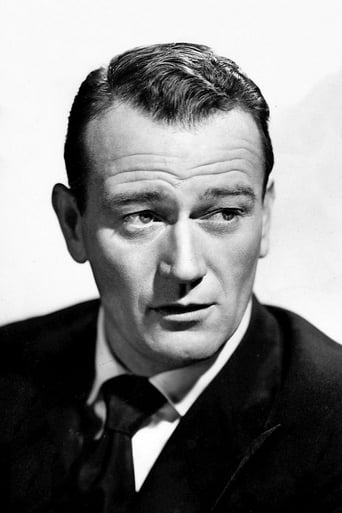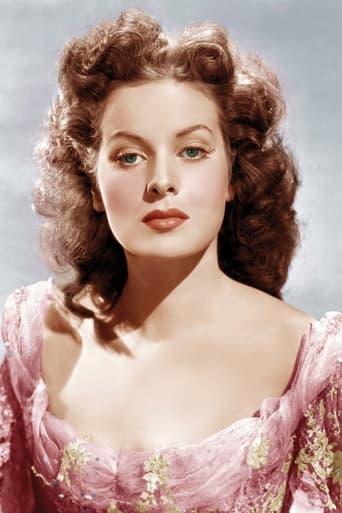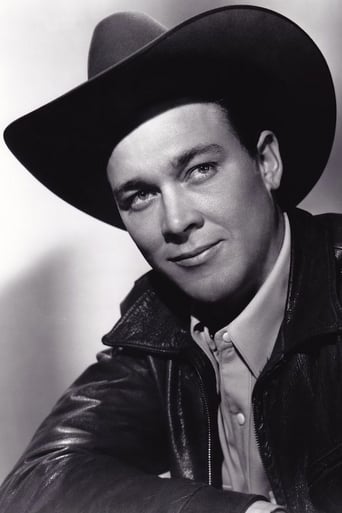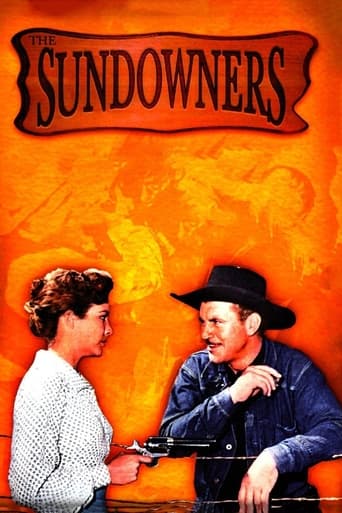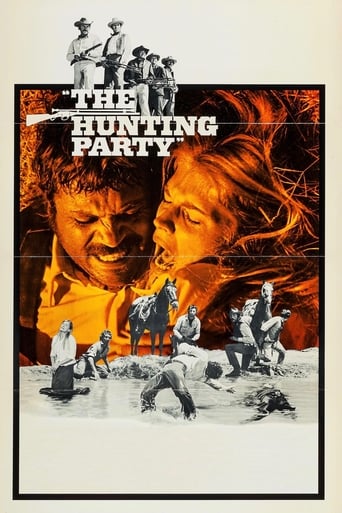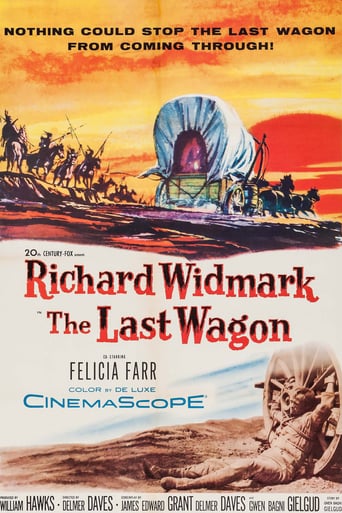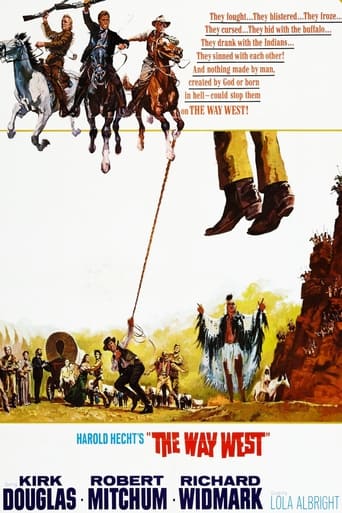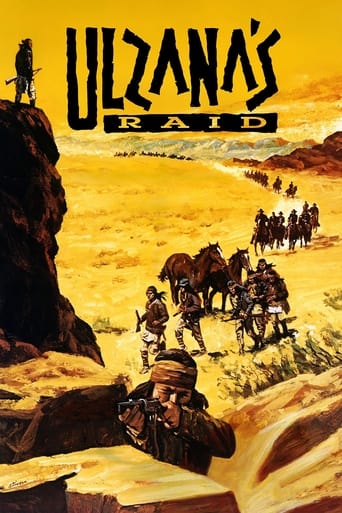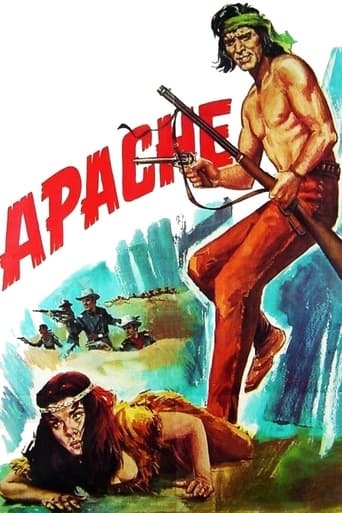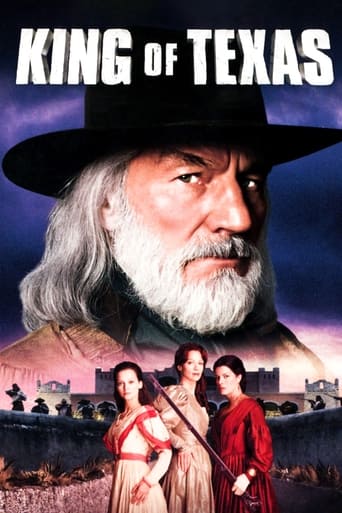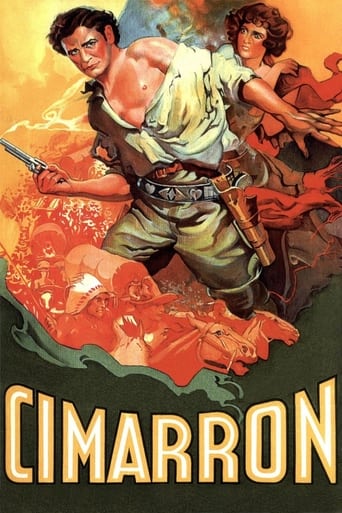Rio Grande (1950)
Lt. Col. Kirby Yorke is posted on the Texas frontier to defend settlers against depredations of marauding Apaches. Col. Yorke is under considerable stress by a serious shortage of troops of his command. Tension is added when Yorke's son (whom he hasn't seen in fifteen years), Trooper Jeff Yorke, is one of 18 recruits sent to the regiment.
Watch Trailer
Cast


Similar titles
Reviews
Wonderful mix of family story and insight in every day's life of an soldier in the old west. Beautiful shots in black and white and good acting of Wayne and O'Hara! Not to forget the sentimental music of Victor Young!
***Spoiler Alert*** There are some surprises in this corny western. The raids of the Indians are savage, truly, with a not-too-muscular John Wayne saying in a bland voice: "they tied 3 soldiers guarding the water hole face down on ant hills." Holy cow: that is a more brutal torture than I am willing to imagine. And there are touches (just touches) of realism where a lawyer is needed to help an accused soldier ("And if a Dallas lawyer can't get him acquitted, " says John Wayne, which is a refreshing take on a NY lawyer). And both Wayne and his son know the law quite well. Meanwhile, the Indians dash across the Rio Grande (like terrorists! in this 1950 film), befuddling the US Cavalry which can't pursue and the Mexican army which can only stay on guarding the river Rio Grande. Even though both armies want to pursue (and even join forces: an Alliance of the Willing), their Orders specifically stop them. I had to fast forward every time the film (frequently) has the soldiers serenading one another. Some horse tricks are amazing ("Roman style" – it's a thing). I was somewhat jarred by one piece of dialog that could've been said this year: As the teenage son is about to pull an arrow out of his dad's chest (John Wayne), his fellow young soldier says "Get it done" and the other young soldier says "Yo". The scenes with the Indians chanting was perhaps authentic (but who knows? – perhaps some Native Americans, that's who), but I thought it was a bit stereotypical.The film is OK, but sappy, and I watched it more as an exercise to see what "the old Westerns looked like" than to enjoy it.
The war with the Indians never stops !? RIO GRANDE is a film that does not bring about any change compared to his predecessor. John Ford is more focused on the family and romance in relation to retaliation against the Apaches. This is sufficient historical western adventure. Relationship to military duties and decisions of their own heart is quite interesting. The film lacks specific humor that is adorned predecessors.Serving in the US cavalry can be quite frustrating if the family becomes part of everyday life. The story focuses on a family, although it can be concluded that the established dozens of families. Children should be kept away from the army. Women keep as close as possible, because in this case are better than soldiers. However, I had to conclude in the case of a one woman.I could not define the relationship between father and son. This film lacks emotion. Fight scene looks impressive. Although, I think that it lacks tension. Fight scene looks impressive. Although, I think that it lacks tension. Apaches in the movie "kidnapped" children. The reactions are mild, at times tragicomic.John Wayne as Lt. Col. Kirby Yorke, one fairly quiet performance, unusual for Wayne. The character who loves his family with which in 15 years has not relationship. However, he loves his "job". The family has become part of the job. Maureen O'Hara as Kathleen Yorke is a kind of decoration that will improve relations at work. I am a fan of westerns and this part of the American cavalry my least liked. I am forced to listen to the song The Sons of The Pioneers. It is in my case the final straw.
The last of director Ford's cavalry trilogy, all starring or costarring John Wayne, and including Victor McLaglen as the cut up sergeant major, usually leading the comic relief, balancing Wayne's serious roles. Also, all involved hostile or potentially hostile Native Americans(N.A.)of the southern plains or Southwest. In this film, as well as the previous "Fort Apache", the Apache were the featured threatening N.A., whereas in "She Wore a Yellow Ribbon", it was a confederation of other southern plains tribes. Wayne's character, who had been given a different name in the latter film, regains his name: Kirby York(modified to Yorke)from "Fort Apache" , suggesting that the present film might be considered a sequel to that film, in which Yorke pays back the Apache for their thrashing of the cavalry in the earlier film....I suspect this was Ford's last B&W film, he generally favoring B&W over color through his long previous career. "She Wore a Yellow Ribbon" was filmed in Technicolor, finally giving his audiences a colorful view of some of his favorite scenic landscapes in the Southwest.Ford's agreement with Republic Pictures was that they would finance this cheapie, which hopefully would turn a fair profit, in exchange for financing Ford's long denied pet project, which would become known as "The Quiet Man": to be filmed in Technicolor and on location in Ireland, as Ford demanded. Republic wrongly predicted a loss on that film. Republic also stipulated that Wayne and popular Maureen O'Hara, along with Victor McLaglen, would star in both films. Thus, instead of a 'young love' aspect to the script, as in the 2 previous films, Maureen(as Kathleen) was cast as the estranged wife of Colonel Kirby, whose marriage had been blown apart by the Civil War, which pitted Yankee officer Kirby against her Shenandoah family, he and Stg. Quincannon(McLaglen) having been ordered by General Sheridan to torch the family plantation. She has traveled far to this western outpost to retrieve her son Jeff who, by chance, was recently assigned to his father's outfit as a new recruit, and refuses to leave nor to use his family status as a springboard for special treatment.The foray of the cavalry across the Rio Grande, into Mexico, is based upon a historical incident, in which renowned 'Indian' fighter Ranald McKenzie was diverted by his commander Phil Sheridan from his campaign against the Comanche to destroy the villages of marauding N.A.s using Mexico as a sanctuary. The film accurately portrays Sheridan as giving this as an unofficial order, to avoid an international incident if it turned out badly. Actually, the N.A.s were mostly Kickapoo, with some Lipan and Mescalero Apache and other tribes represented. Interestingly, the stampeding of the horses of the threatening confederation of southern plains tribes in "She Wore a Yellow Ribbon" can be considered a loose representation of McKenzie's final victory over the remaining renegade Comanche and allies, with minimal loss of life on both sides. It's apparent that the new recruits(only 18 instead of the 180 promised) tend to form friendship groups based on their former identities as Union or Confederate soldiers or sympathizers. Thus, Kirbe's son Jeff(a Virginian, played by Claude Jarman) soon forms a friendship group with Texans 'Sandy'(Harry Carey, Jr.) and Travis Tyree(Ben Johnson). Carey and Johnson had fairly high profile roles in "She wore a Yellow Ribbon" and were a buddy pair in Ford's other western released in '50; "Wagon Master", as they are in this film. Carey was nicknamed 'Sandy' in both '50 films. Johnson was Travis in both '50 films, but retained his last name from "She wore a Yellow Ribbon" as did McLaglen. Those who have seen "The Yearling" will easily recognize Claude(Jeff) as Jody. Chill Wills, also in that film, plays the fort doctor here.Like "Wagon Master" and unlike the 2 previous cavalry westerns, this film was shot in Eastern Utah, without significant additional use of Monument Valley backdrops. Presumably, the Colorado River substituted for the Rio Grande.Although the previous films of the trilogy included occasional songs sung by the cavalry or featured at social gatherings, music supplied by the Sons of the Pioneers, included among the troopers, positively permeates this film, and often relates to the hoped for rekindled relationship between Kirby and Kathleen. It begins appropriately with "I'll Take You home , Kathleen", initially heard from a music box she brought, soon elaborated on by troopers as she dines with Kirby. During the finale, to Kirby's surprise, the parading troopers sing "Dixie". Maureen guiltily smiles, and General Sheridan nods his approval, as most of the troopers being honored for their part in shooting up the Apaches and rescuing the stolen children are southerners.In a running gag, Travis is periodically nearly taken away by a marshal on a murder charge, but is deemed too valuable a trooper to lose, and always escapes, with or without Kirby's approval.I don't understand why they had the raiding Apaches living around a Mexican mission rather than in a typical Apache village, nor why the Apaches attacked the poorly constructed fort in broad daylight(risk of high mortality). Historically, there was a reservation Seminole village(not the presumed Apaches shown)close to Fort Clark, which supplied scouts for the raid across the Rio Grande from this fort.

